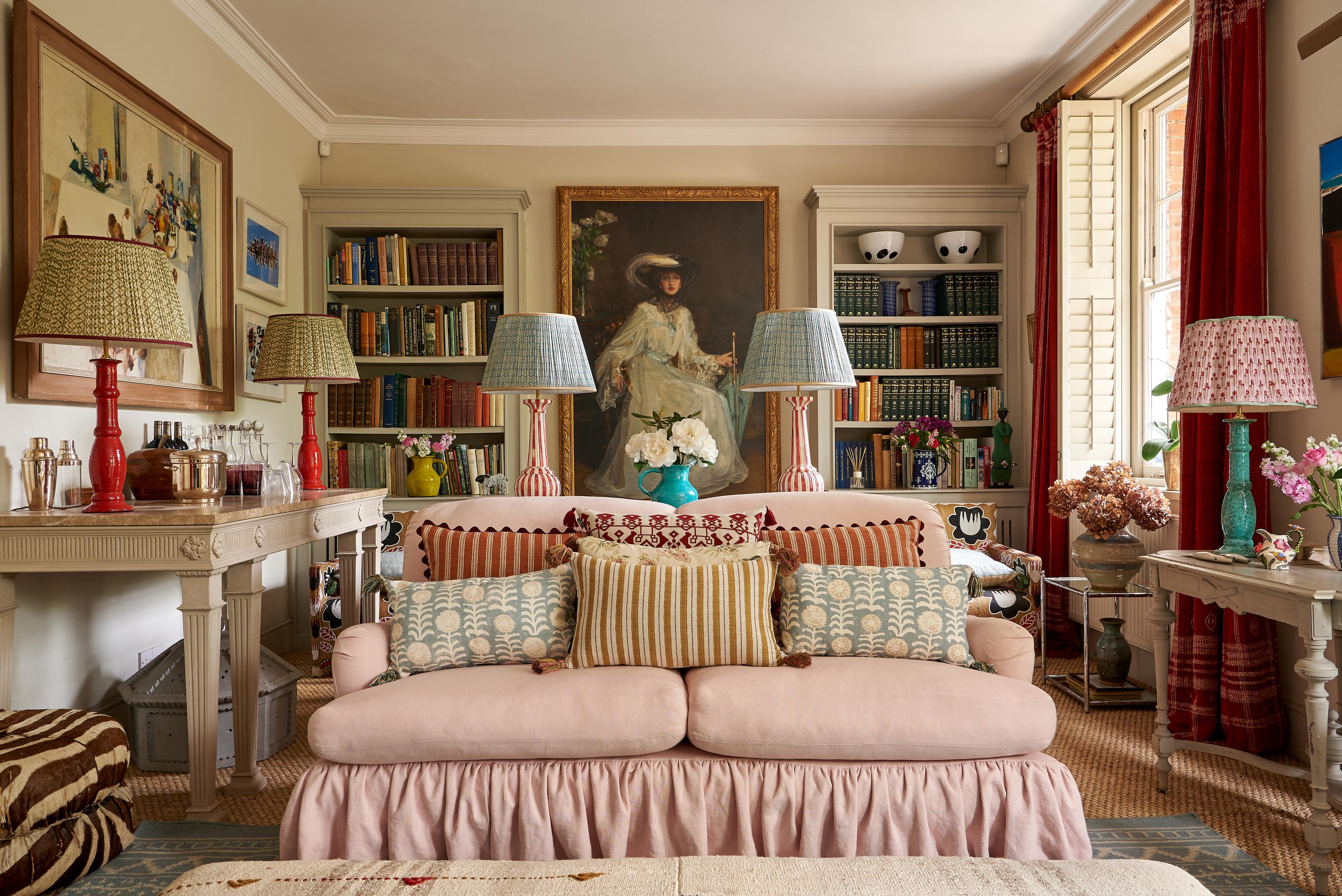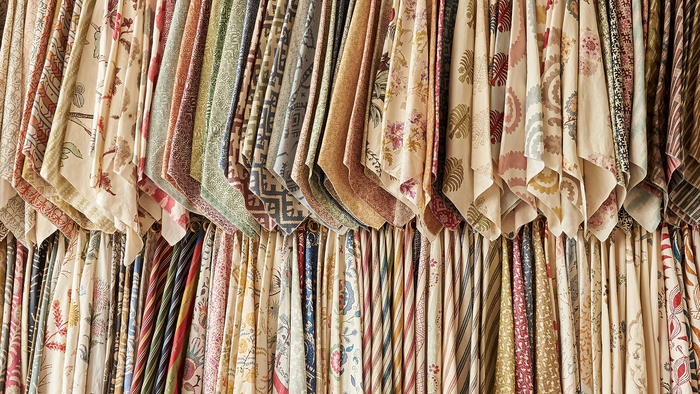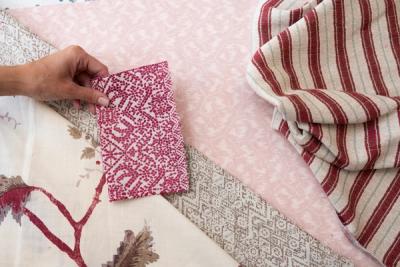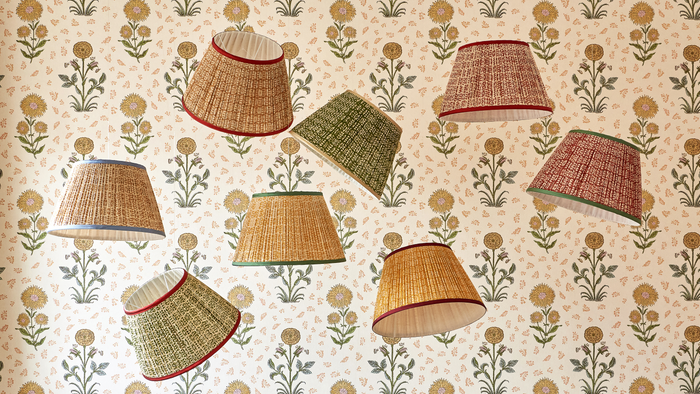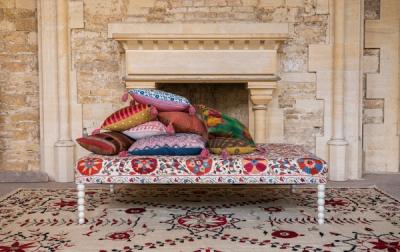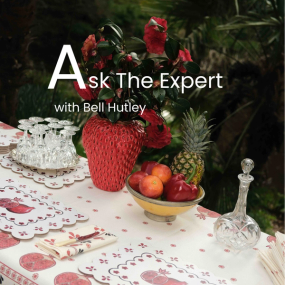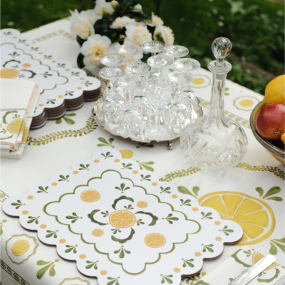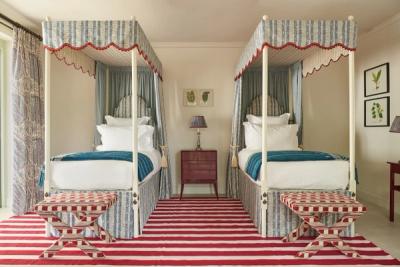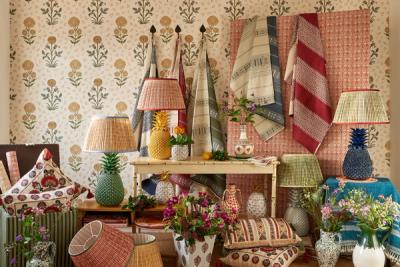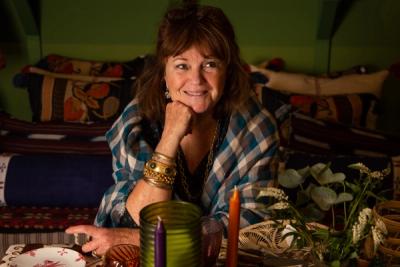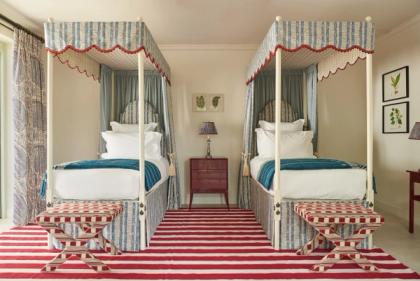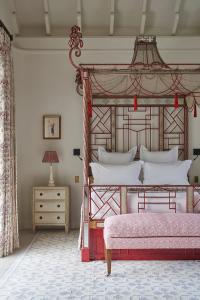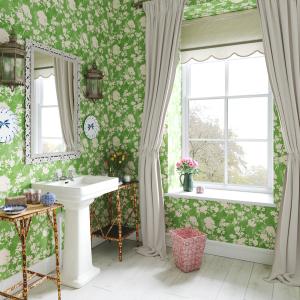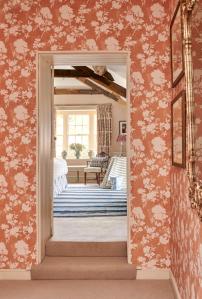Decoration
Can Rustic and Minimalist Design Blend?
How do you marry rusticism with minimalism? Beautifully, of course! Click here for more.
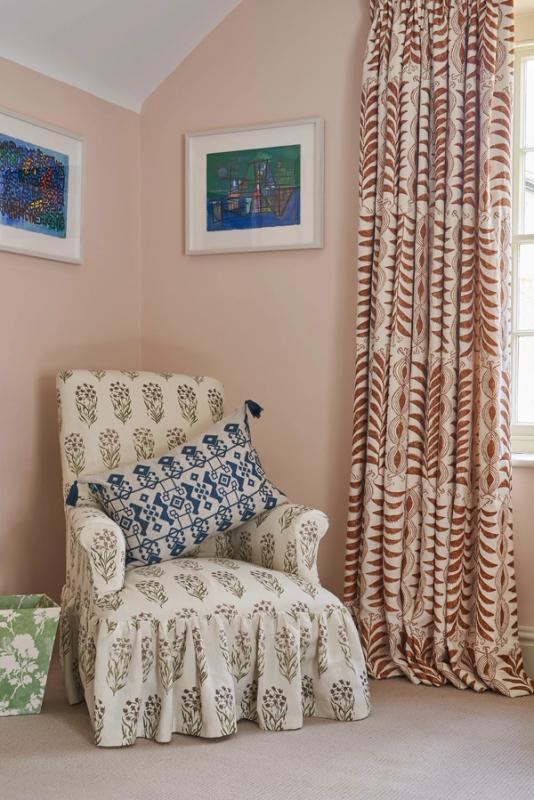
Can Rustic and Minimalist Design Blend?
Rustic design and minimalism are so often considered at opposite ends of the interior designer’s spectrum. This is pretty understandable. After all, what’s rustic is generally synonymous with what’s cottagey, eclectic, and rough around the edges. What’s minimalist is often synonymous with what’s edgy, streamlined, glossy and smooth.
But rustic is definitely not interchangeable with maximalist – and, as we’ve all learnt over the years, any two concepts (provided they’re not polar opposites) can be married together, some way or another, and the results are almost always worth writing home about.
The idea of a rustic minimalism is a little jarring – unless, of course, you’ve already charged ahead with the aesthetic and trail-blazed the way for countless others who will, inevitably, be seduced by this coming together of interior design strangers.
Combining the two
Rusticism is all about achieving that homespun, non-mass-produced feel in the décor. Whittling marks and organic knots and shapes trapped on wood, a heavy grain in fabric, a slightly irregular tile pattern in the floor, or the imperfect charm of handmade and hand-painted accessories.
None of those elements preclude a minimalist approach, but they do lend themselves to that artful clutter of a quintessentially British cottage – a haphazardly stacked kitchen dresser, or a coffee table strewn with pretty detritus from the busy day.
But rustic elements embody a simple beauty – one that is ripe for the picking for any minimalist who’s left uninspired by modern design. Those wood grains, those irregularities of form, those naïve shapes and unique creations can be brought into sharp relief by a pared-back approach to decorating.
The pragmatic-yet-beautiful simplicity of a French gîte, or the wood-heavy, uncluttered appeal of an open-plan Scandinavian home with views out over the fjords – rustic minimalism is all around us, though it may not be described as such very often.
Minimalism in its most literal interpretation has all those rough edges, feathered lines, textured surfaces and organic shapes replaced with precision and aerodynamic forms, but minimalism – like any design style – doesn’t need to be taken literally. There’s plenty of middle ground to be explored before you risk straying anywhere near minimalism’s counterpart: maximalism. And that middle ground is just as beautiful as either extreme.
The elements
Quality of design and material, and an appreciation for simple beauty, lie at the core of the minimalist philosophy – and this is also where rusticism finds its charm. Production on a smaller scale, based on the time and skill of those who crafted each piece either by hand, or with traditional techniques. Fabrics like linen, which cannot be churned out on an assembly line, are emblematic of this philosophy, as are traditional methods like block printing and hand-painting and hand-glazing – features that define the ceramics in our tableware range.
Print and pattern can still play a role in adding texture to a space, and minimalism certainly doesn’t preclude these designs. The simplicity of patterns inspired by folk patterns, like our Orange and Green Embroidered Folk Cushion, can be very powerful. When it comes to the walls and furnishings, smaller and subtler prints can be used to avoid things feeling blocky and, instead, draw the eye deeper and deeper into the room.
Scavenging for unique pieces in reclamation yards and vintage shops – but still always being a little spartan about it – will ensure each room captures the essence of rusticism. Uneven chair legs, tables with shakes running down the middle like chasms, doors that have withstood decades (or more) of careless handling…a discerning eye can find almost anything the rustic heart desires.
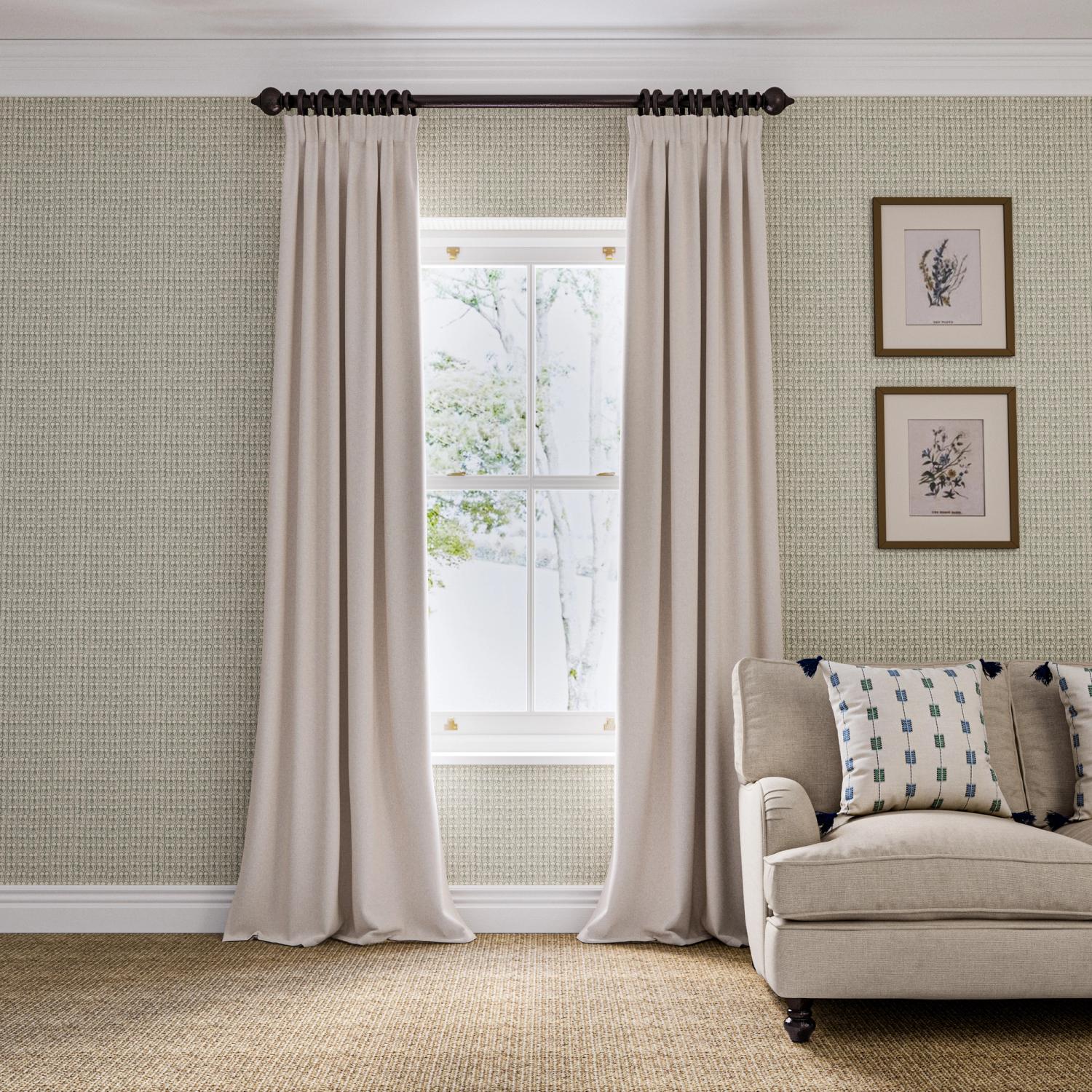
Lighting also plays a key role. While minimalism is often served by stark, bright lighting that gleams off each polished surface, a warmer shade of lighting lends itself to rusticism without contradicting the minimalist aesthetic. Choose one or two decorative lighting options to space around the room, and be there to offer a change in mood when the overheads are turned off for the evening.
Ultimately, it boils down to an emphasis of the core elements of interior design: fabric, wood, ceramic, clay, wool, and paper, and the exquisitely simple things that can be created from them.
Minimalism is a hard design style to pursue, but it needn’t be as restrictive as it is often assumed to be. While it’s generally deemed to be a colder and more sterile movement in art, interior design, or architecture, there is plenty of scope for warmth, homeliness, personality and rustic flare. From cosier hues to more sumptuous textiles, the rustic minimalist home is one to be enjoyed.
More from Decoration
